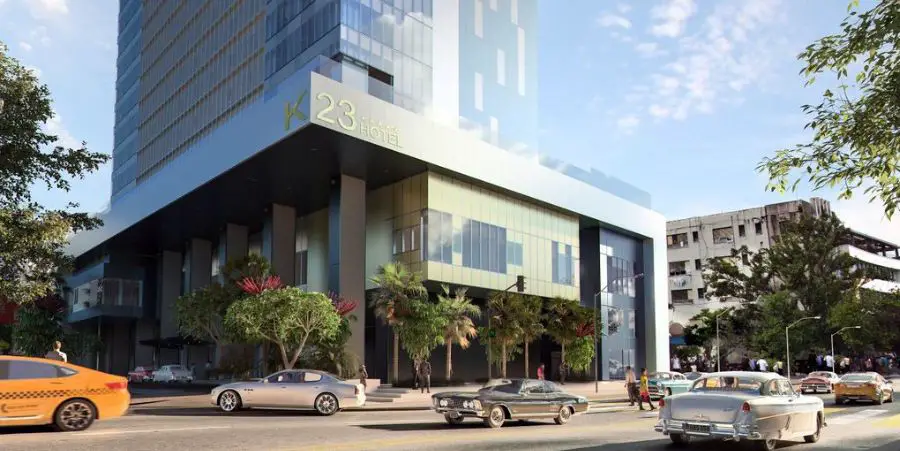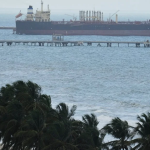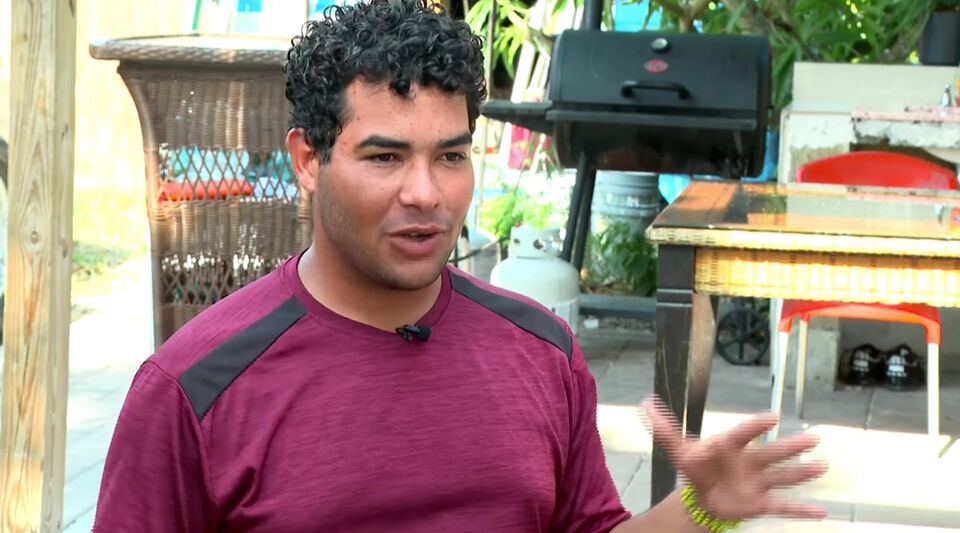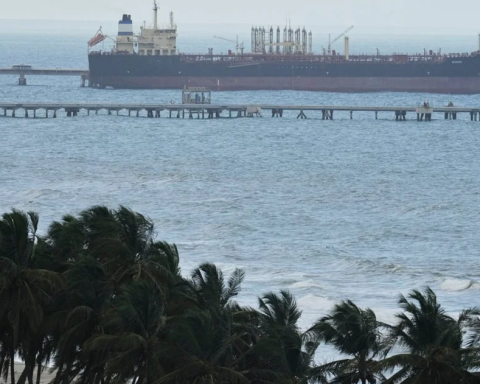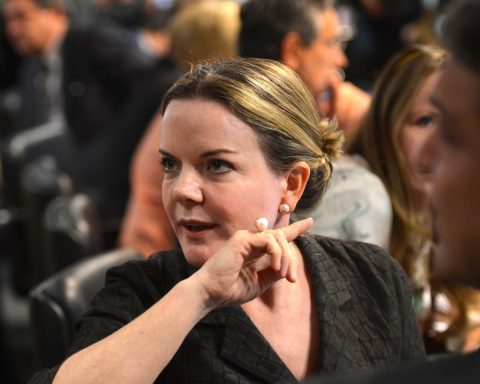MIAMI, United States. – Havana’s skyline is changing with the construction of the K23 Hotel – most popularly known as the “K” Tower or the López-Calleja Tower-, which is already reaching an unprecedented height across the street from the iconic Coppelia ice cream parlor, I the heart of El Vedado. To date, the building has attracted both attention and controversy.
“K” Tower is being erected in what is commonly known as the “23 Street Hole” near the Habana Libre Hotel. “The building’s approximate height will be 505 feet above sea level, with 44 floors and two basements,” stated Alfredo Ledón Llanes, one of the project engineers, to the official magazine technical youth. The hotel is expected to have more than 500 guest rooms.
Another expert involved in this construction project, Osviel Carrillo, an architect with Empresa de Proyectos de La Habana, indicated that the design of K23 includes a mix of influences. “From its formal conception, it alludes to contemporary architecture and the most internationally-valued Cuban architecture, like the Focsa Building and the Tryp Habana Libre Hotel,” stated Carrillo.
However, not all comments on social media sing the praises of this construction. Some people, whether specialists or just citizens interested in this topic, see in this skyscraper elements that are foreign to the city, to its history and traditional architecture.
Some are certain that the construction of this hotel will revitalize the area. And yet, there are those who feel that the project will have a negative impact on the daily lives of the neighborhood due to an increase in traffic and noise. And that’s not taking into consideration the millions of dollars that have been invested in this construction at a time when the country is enduring a severe food crisis.
The people responsible for this project, however, made no mention of these concerns during their interview with technical youth. For them, the controversy comes down to the fact that K23 has been designed and built following the highest quality and security standards, and it is expected to become a reference point of the city and a development pole in the area.
Ledón defends the quality of the construction, stating the quality of the concrete used for this building is of greater resistance than the average used in other Cuban projects. “Because it will be the tallest building in the city and because it has other complex characteristics, it was decided to work with 50 MPa concrete, which is twice the standard we are used for employment in Cuba,” he stated.
That notwithstanding, there are doubts about whether the skyscraper will stand the hurricane winds that usually strike the island.
“The relationship between height and width, ie, its slenderness, is a very important factor in the design of a tall building,” Ledón indicates. “The taller a building is, the most sensitive it is to the wind. However, we have applied the Cuban norm to calculate the wind load.”
The great restaurant hall is totally glass-enclosed. In fact, glass installation has already begun, and gradually the holes around the façade are being closed up.
“Everything is covered with solar control glass, which maximizes any direct radiation and reflection from the sun, which makes the building more energy-efficient. The guest-room glass windows are filled with double-glazed argon gas, which increases its thermal and sound-proof quality,” Carrillo indicated.
Each room is between 98 and 115 square feet in size, and will feature a large bathroom, a walk-in closet and a resting area with panoramic views of the city.
Receive information from CubaNet on your cell phone through WhatsApp. Send us a message with the word “CUBA” on the phone +1 (786) 316-2072, You can also subscribe to our electronic newsletter by giving click here.
